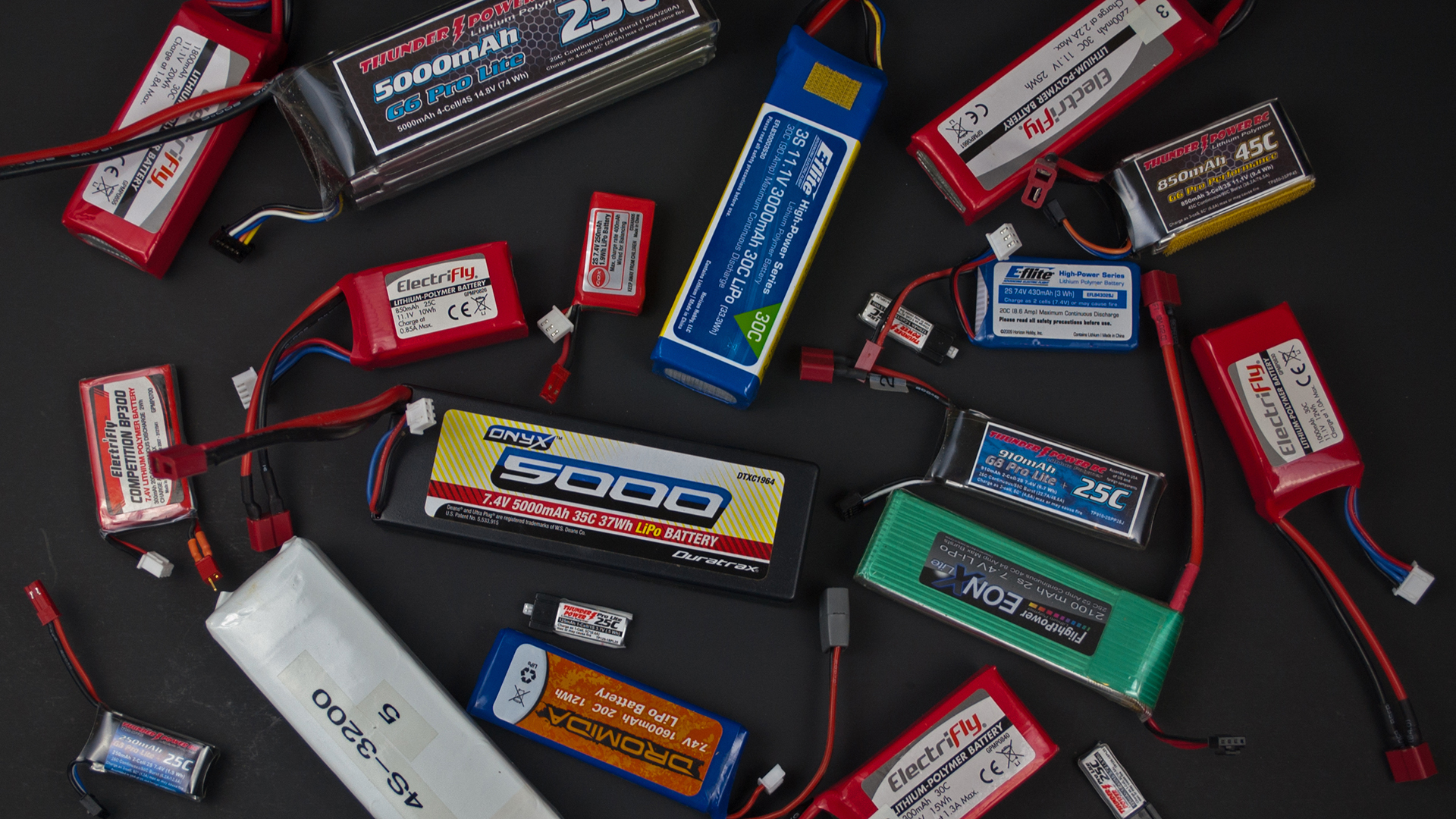
Regarding proper maintenance of your RC car tires, it’s imperative to ensure that they are correctly attached to the wheels. If not, you might lose control of your RC car and damage it. So, how should you attach your RC tires to the wheels? Use glue! Yes, it is that simple! Besides, this is a simple process, which will save you plenty of trouble in the future. Nevertheless, choosing the right RC tyre glue and following the correct procedure is mandatory.
Here, we will discuss the best RC tyre glue and how to apply it for great results.
Let’s begin!
Which RC Tyre Glue Should You Apply?
As you might have guessed, there are many RC tyre glues on the market, so it is rather frustrating to find the best one. Some RC enthusiasts are loyal to specific brands and products while others use whichever glue they come across.
However, in most scenarios, people prefer CA (cyanoacrylates) glue, which is what I recommend. It works well and maintains a secure bond between the rim and RC tyres.
So, why CA glue for your tyres? It sets in swiftly and establishes a solid bond with the tyres. Also, it does not dry out or corrode, making it an ideal option for long-term resilience.
While I am recommending CA glue for your RC tyres, ultimately, the choice is personal. Some RC car owners like thin glue, while others prefer a denser option, even though it takes longer to dry and is not the best option for your RC tyres.
But, regardless of the glue you pick, you can always tell if it’s good enough once you use it.
How to Use the Right RC Tyre Glue
Now that you know the best glue for your RC tyres, it only makes sense that I explain how you should use it.
Here is a multi-step guide on how to go about it:
Prepare the Bonding Parts
Despite the glue you use, it is important to prepare the bonding parts. Typically, after production, the rims and tyres are coated with a glossy mould-release agent. To prepare them for glueing, you will require some rubbing or denatured alcohol, which you can purchase at your local pharmacy.
Do not use nitro, motor spray, acetone, or brake cleaner, as they may leave some residue that will tamper with the solidity of the bond formed. Take some paper towels and wipe your tyres until you’re confident no dirt, grease or other residue is left behind. Also, clean the mounting channels on the rims.
Again, if you mostly drive your RC car on high-traction terrains, you can lightly sand the rim’s mounting surface and the tyres before wiping them with the denatured alcohol. This will ensure a superior bond between the rims and the tyres.
Test Fit
Next, you have to cut the foam insert into shape. Generally, stock foam inserts are too soft, so trimming them doesn’t work.
Ensure the foam insert is positioned in the whole wheel and the tyre is seated correctly. Boarding an off-road tyre on your balancer might not be necessary, though you should ensure it doesn’t tremble when spun.
If the tyre doesn’t seal correctly, search for flashing on it and the rim and trim it using a hobby knife.
When you are content with the test fit, place a rubber band across the tyre’s edges to hold it in place close to the rim.
Begin Applying Your Glue
Pull the tyre sidewall from the rim to let the glue enter the tyre mounting platform, then pour one drop of glue. You should do this once more to ensure the tyre is properly glued. Put glue on the top and bottom points (North and South) of your tyre, and let it sit and dry, then glue the East and West positions.
Keep in mind that the less glue you use, the better the results you’ll get. This is because the tyres will be more likely to detach from the wheels if you use too much glue. Once you finish on one side, turn over the tyre and do the same on the other side.
Check for Lose Areas
Gently pull the sidewall of your tyre to see if there are any loose spots, and if there are, reglue them. To attach the bead, pour one drop of glue between the rim and tyre using an applicator tip or needle.
Slant, then roll the tyre slightly to allow the glue to spread throughout the bead. This ensures that the tyre doesn’t detach from the rim and that debris doesn’t accumulate between the two. Again, confirm the glue has dried completely before applying the other side.
Keep in mind that cured and dry don’t mean the same. If possible, avoid using your newly glued RC car tyres until they are completely dry to boost the glue’s longevity.
How Long Will My RC Tyre Glue Take to Dry Properly?
As you can see, glueing your RC tyres involves a short and simple process, though preparing them and allowing them to dry can take quite some time.
So, how long will your tyres take to dry? Typically, RC tyre glue will feel dry within the first 30 seconds or so, but it takes about 6 to 8 hours to cure. Remember when I pointed out that drying and curing are different? I hope you can now see why.
It would be best to use your RC car once the glue cures fully, which is why you should consider waiting till the following day to give the glue ample time to dry and cure. I know it sounds like a long time, but the tyre will detach from the rim if you use your car when the glue hasn’t dried properly.
Conclusion
To finalize, glueing your RC tyres can be as easy as it can be challenging, depending on your approach and the materials employed. On the other hand with the right RC tyre glue, proper preparation and application, the process can be done quickly.
Make sure you choose the right glue and apply it in small amounts and evenly to guarantee a solid bond. Also, wait for the glue to dry fully.
Again do not overlook the small things, like using small amounts of glue and wiping the rims and tyres clean before applying glue. These mistakes could compromise the bond between the tyres and rims.





Add Comment